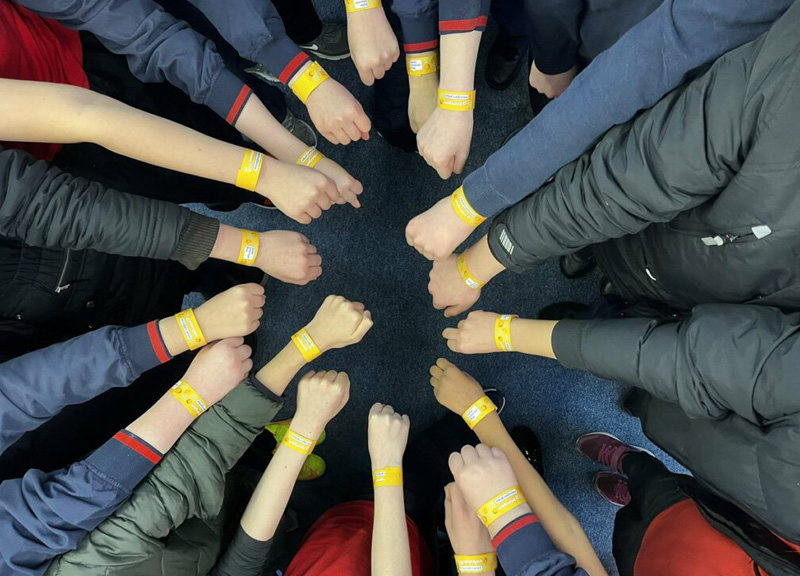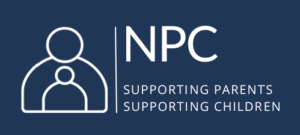Lesson 2: What is Cyber Bullying?
Lesson 2, What is Cyber Bullying?, looks at exclusion as a form of bullying and gives pupils a chance to empathise with those affected by it. It will also motivate them to act responsibly and intervene in a positive and safe way.
- +Curriculum Links
- SPHE strand: Myself and others;
SPHE strand unit: My friends and other people – Recognise, discuss and understand bullying and its effects..SPHE strand: Myself and the wider world;
SPHE strand unit: Media education – Explore and understand how information is conveyed and practise relaying messages using a variety of methods.There is strong use of drama methodologies in Activity 1 and 2, to help students empathise and relate to the characters of Vicky and Siobhan.
- +Resources needed and methodologies
- Resources Needed:
– Webwise animation: Vicky’s Party
– Equipment: School cameras/tablets
– Worksheet 2.1: What can you say?Methodologies: – Video analysis, class discussion, drama activity, visualisation, reflection.
- +Activity 2.1 - Exclusion is bullying
- STEP 1 – Explain to the students that today they will be exploring the topic of cyber bullying. Be sure to emphasis at the start of the class that if any student encounters cyber bullying they should do something to bring the cyber bullying to an end. This can involve intervening themselves, in a safe, responsible way or asking someone they trust for help.
STEP 2 – Have students watch the Vicky’s Party animation.
STEP 3 – If space permits, have students stand in a circle. Play the video for a second time but be ready to pause the video at the following three key moments:
1. When Vicky tells friends about her party
2. When the girls send text messages to each other in class but leave Vicky out
3. When Vicky falls in the toilet at the end (If you would prefer not to lead this drama activity, have students draw faces to represent how Vicky feels at the various key moments.)Each time you pause the video ask the students to make a face to show how they think Vicky feels at this point. Then ask a number of students to describe how they think Vicky is feeling. This should help the students to build empathy with the character of Vicky and to recognise that bullying by exclusion is hurtful and wrong.
- +Activity 2.2 - Siobhan's Conscience Alley
- STEP 1 – Explain to the students that it’s clear that Siobhan felt bad about what she and her friends did but she didn’t do anything to stop the bullying. Have the students stand in two parallel lines to form a Conscience Alley. Then pick a student volunteer to play the role of Siobhan.
STEP 2 – Have all of the students reflect, quietly and individually, on what Siobhan could have done to stop the bullying
STEP 3 – Then have the student playing Siobhan walk down the Conscience Alley. As she does so each of the students should whisper advice on what she could do to help stop the bullying.
STEP 4 – After walking down the Conscience Alley the student playing the role of Siobhan should say what advice she had been given on stopping the bullying. This point might then lead to a short discussion on the topic of how bystanders can help in bullying situations.
- +Activity 2.3 - The lasting effects of words
- STEP 1 – Get the students to close their eyes and try to recall the different words and posters they see every day on the walls of the classroom and school.
STEP 2 – While the students keep their eyes closed they should then list out the different examples of posters, signs and words they see around the school each day. Make a list of these words on the blackboard. Try to be sure to include some signs that have been in place for a long time.
STEP 3 – Next have students open their eyes and categorise how old the signs and posters are (less than a week old, less than a month old but more than a week old, less than six months old, less than a year old, more than a year old). It might be necessary to take a walk around the school to help the students complete this exercise .
STEP 4 – Ask the students the following questions:
Q. How were you able to tell what posters were on the walls when you had your eyes shut?
Q. What is the effect of seeing the same poster multiple times?
Q. How long do posters and signs tend to stay on the walls, according to your survey?
Q. How would you feel if you constantly saw mean and upsetting messages/signs?STEP 5 – Explain to the students that, because a hurtful message on a public social networking site can be viewed many times it can have a lasting effect. Because mean messages on the internet can be viewed repeatedly, a single mean message on the internet is considered cyber bullying. It is very important that whatever we put up in public, be it on walls or on the internet, is appropriate for everyone, from your grandma to your little brother, to see.
- +Activity 2.4 - Being a positive bystander
- STEP 1 – Explain to the students that equally positive words can have an uplifting effect.
STEP 2 – To emphasise this point, have each student write his/her name in the middle of a blank A4 page that is left at his/her desk. Then have the students move around the room and leave positive, anonymous messages for each other. The messages should highlight some of the students’ best qualities.
STEP 3 – When the students have had the chance to write on each other’s sheets, have the students look at their own sheets and then ask the following question:
Q. How does reading these comments make you feel?STEP 4 – Emphasise that everybody has the power to be a positive bystander and make people who experience hard times feel good. You can be a positive bystander online or offline. All that matters is how you choose your words and how you choose to act.
- +Extension activity using technology
- Encourage students to show the cartoon to their parents at home and complete Worksheet 2.1: What can you say? This activity will encourage students and parents to think about how they should respond to cyber bullying.





